Stay current
Get river news, FMR updates and event calendars twice a month.
Forests, prairies and savannas all work best when they're shared. But invasive species spread rapidly and make it hard for other plants to grow — plants that help hold soil in place, plants where birds nest, plants that make up vibrant, interconnected habitat.
Overgrowth of invasive species can cause habitat breakdown, erosion of soil into waterways, the spread of plant diseases and more. That's why we focus so much on removing invasive species and replacing them with diverse plants at our restoration sites. Join us!
update
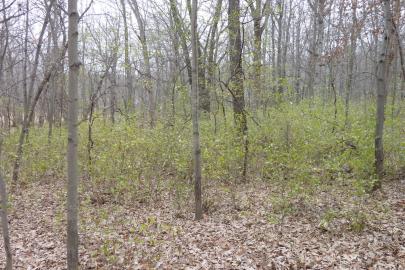
update
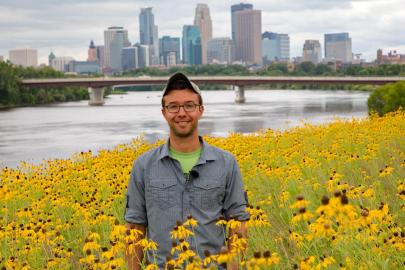
update
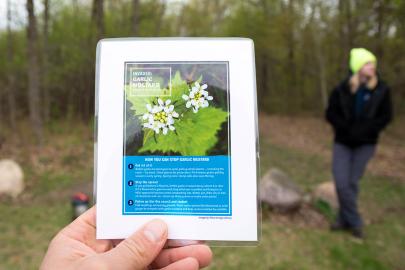
update
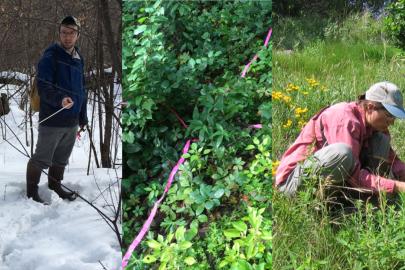
update
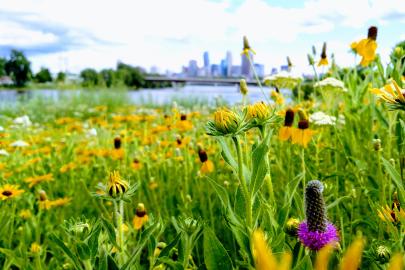
article
FMR volunteers Kimberly Boustead and Emily Sauer remove buckthorn, garlic mustard and more at our stewardship events. And they also use their creativity to spread awareness about how to stop the spread of invasive species. Read more about their favorite river spots, buckthorn berry ink and a new spin on the muscle tee. >>
Read more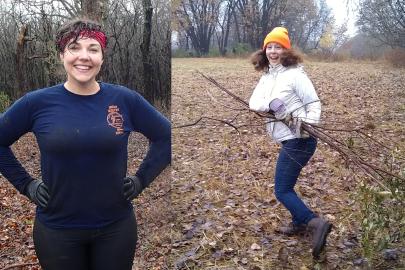
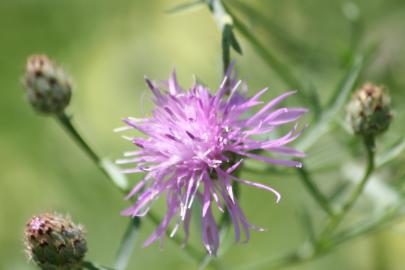
Get river news, FMR updates and event calendars twice a month.
Receive FMR's biweekly email newsletter, Mississippi Messages Sign up